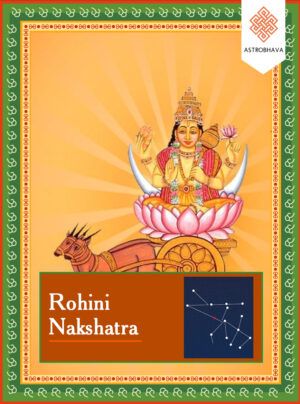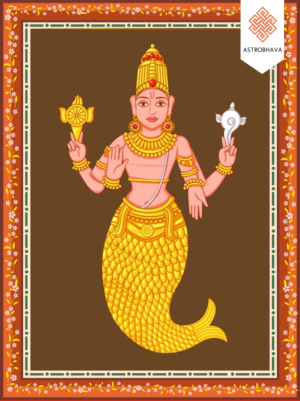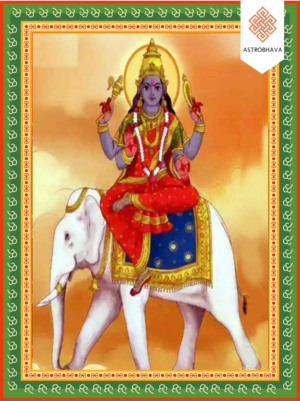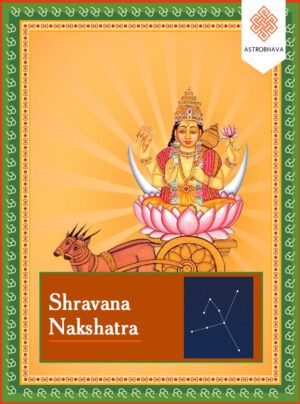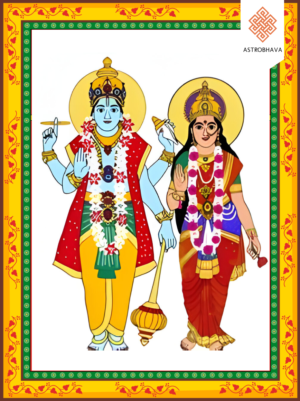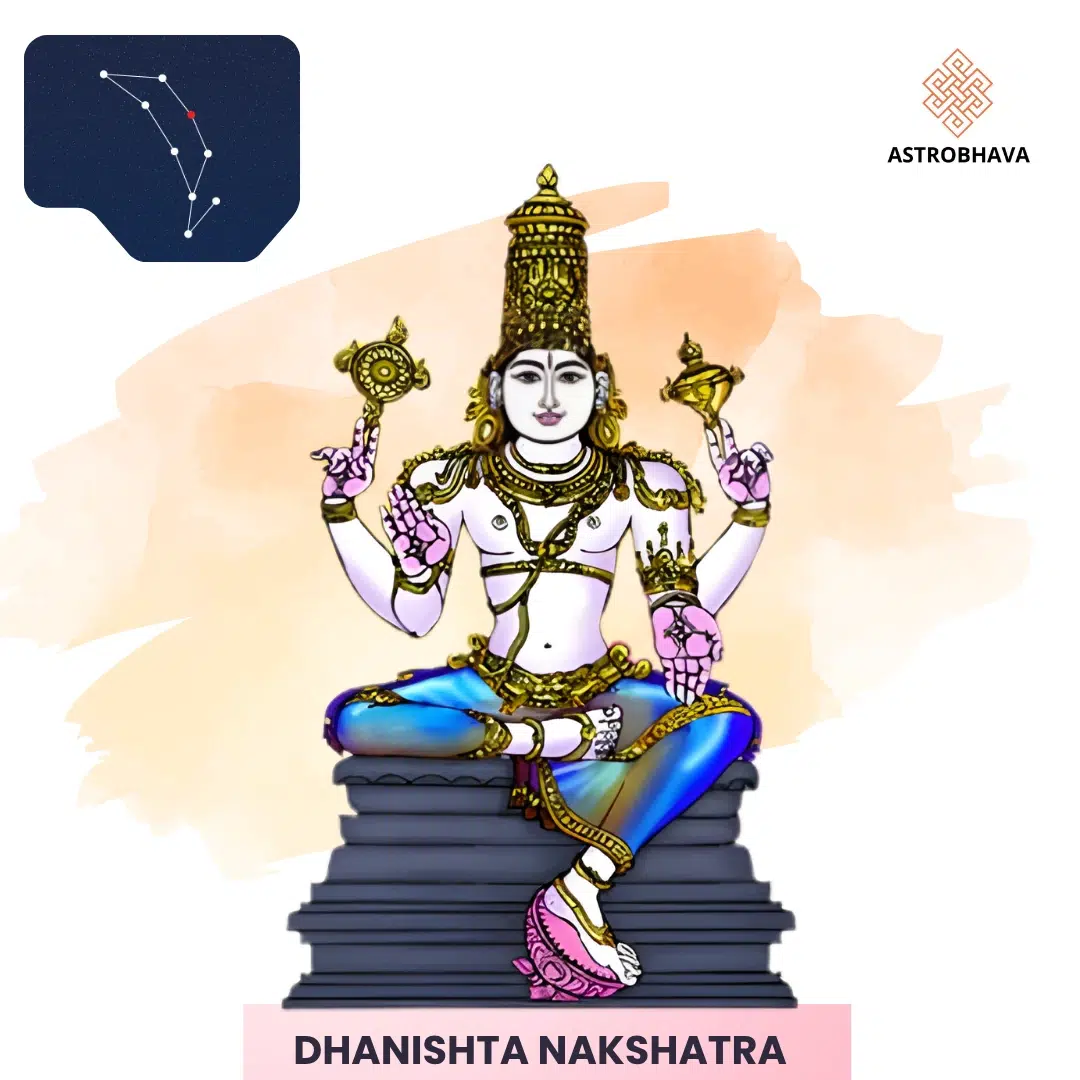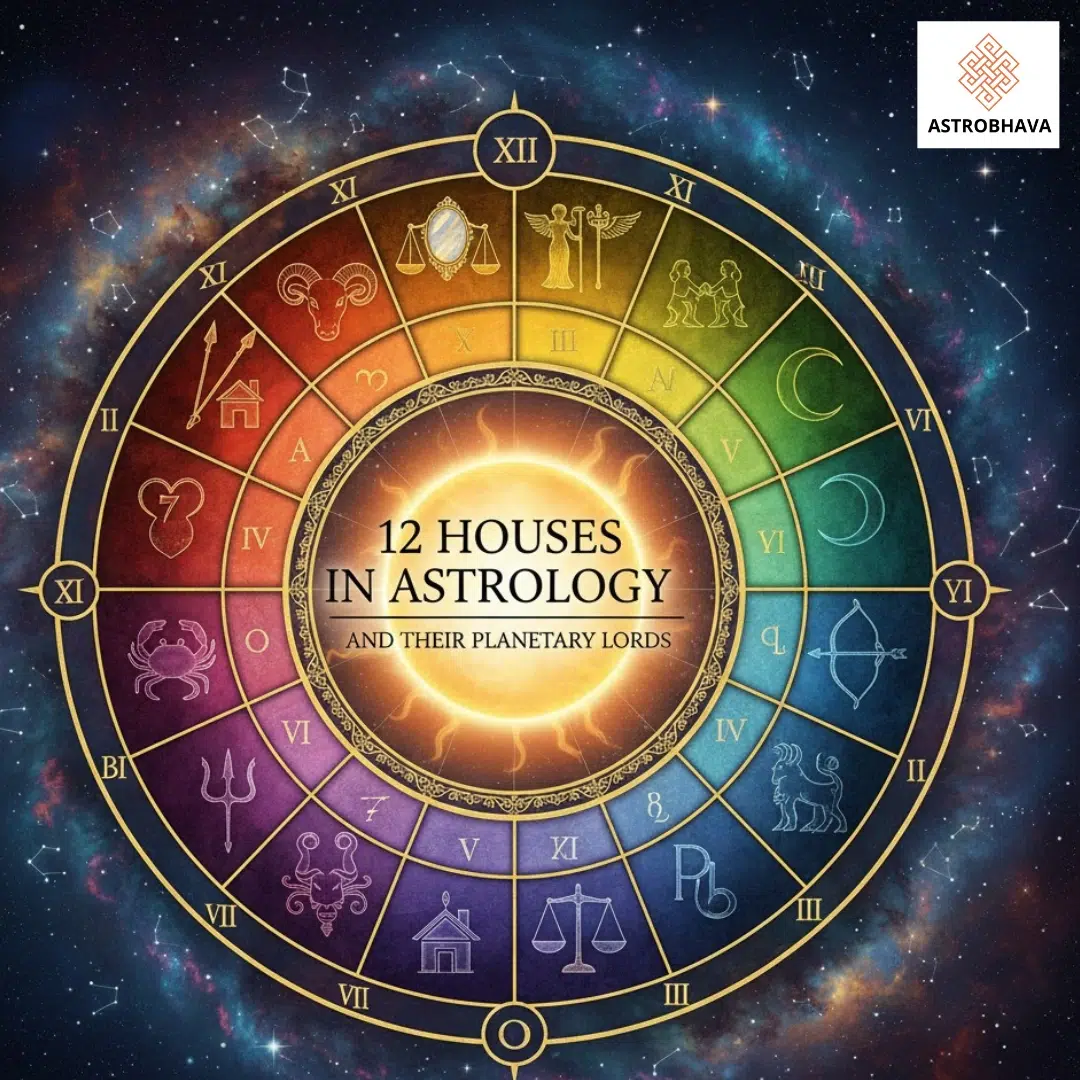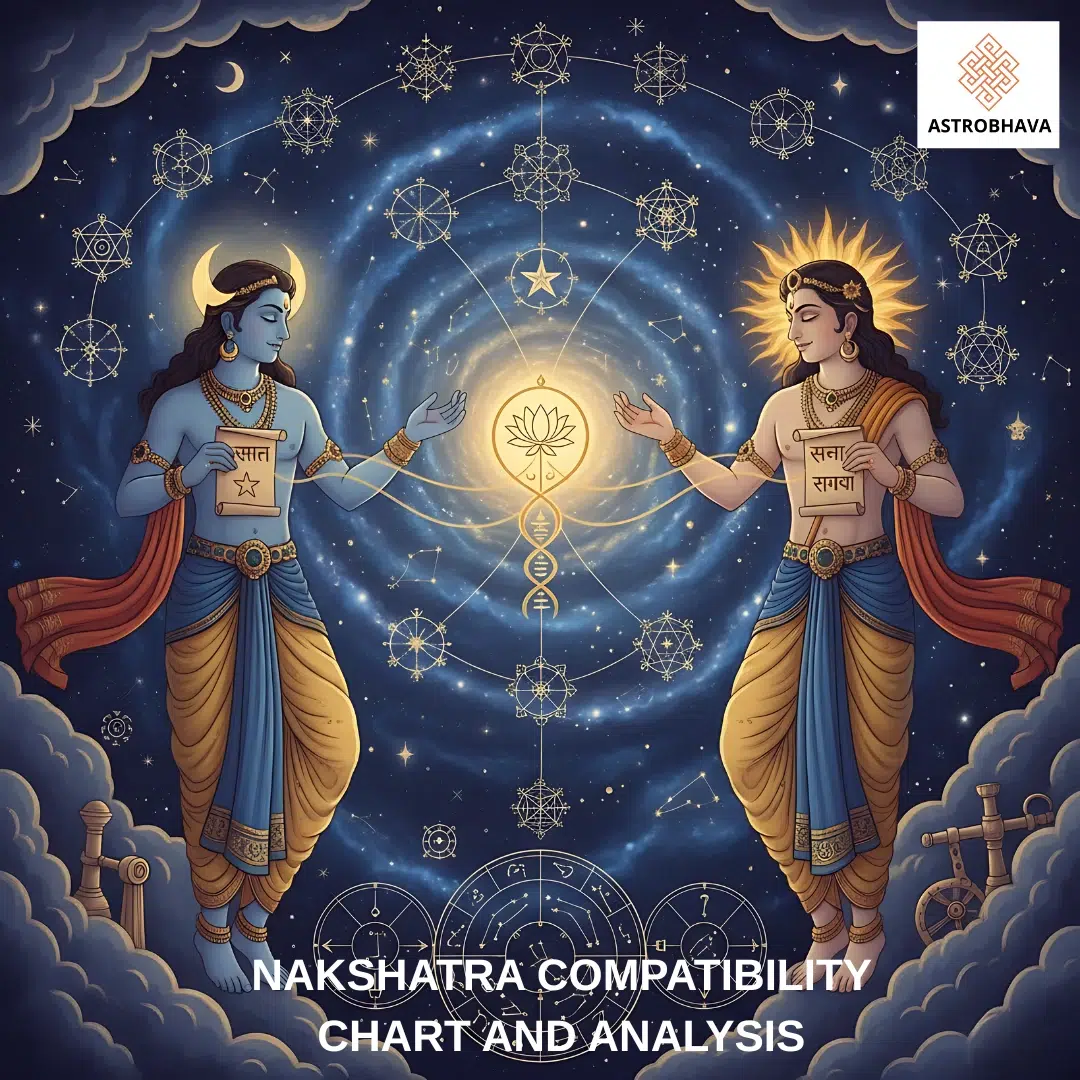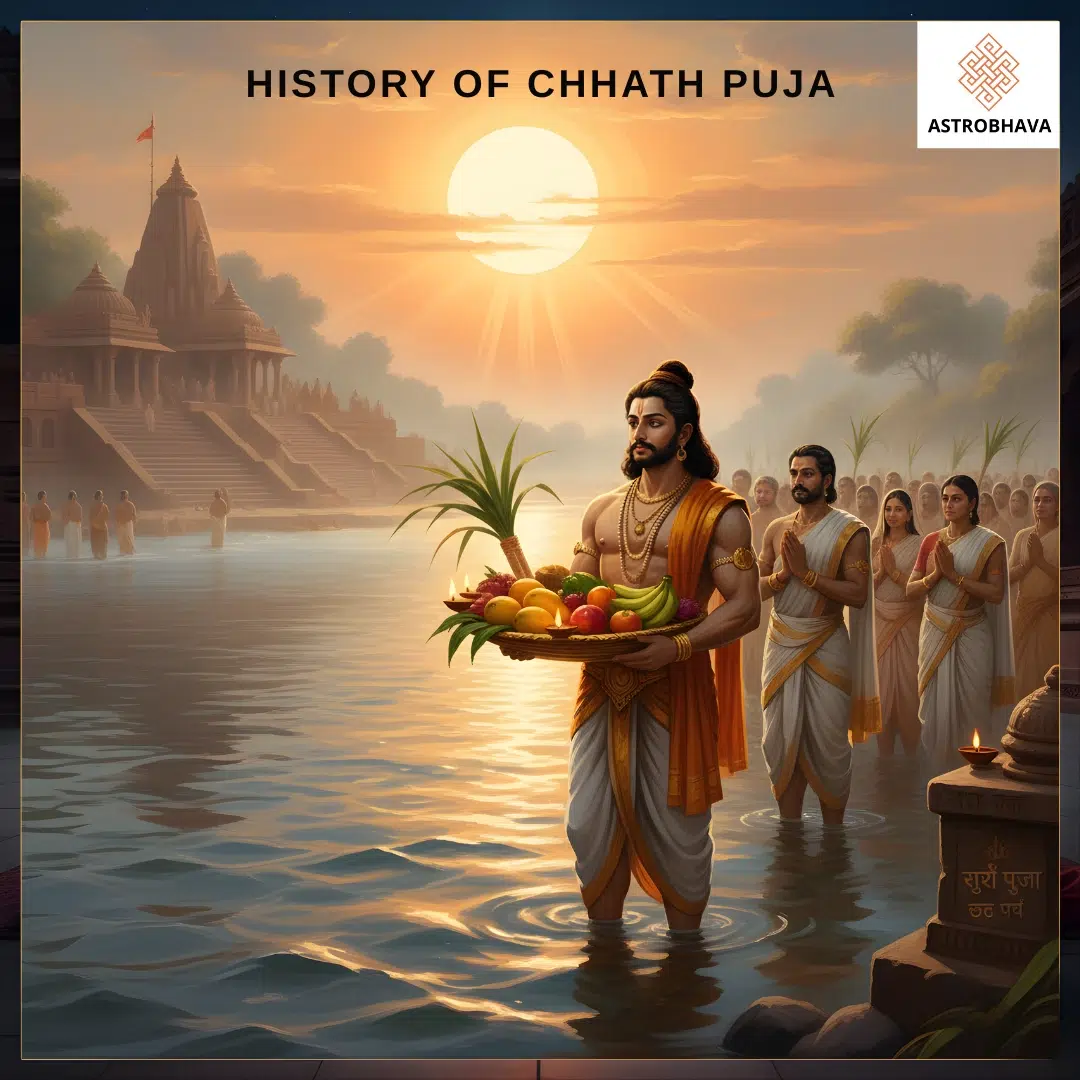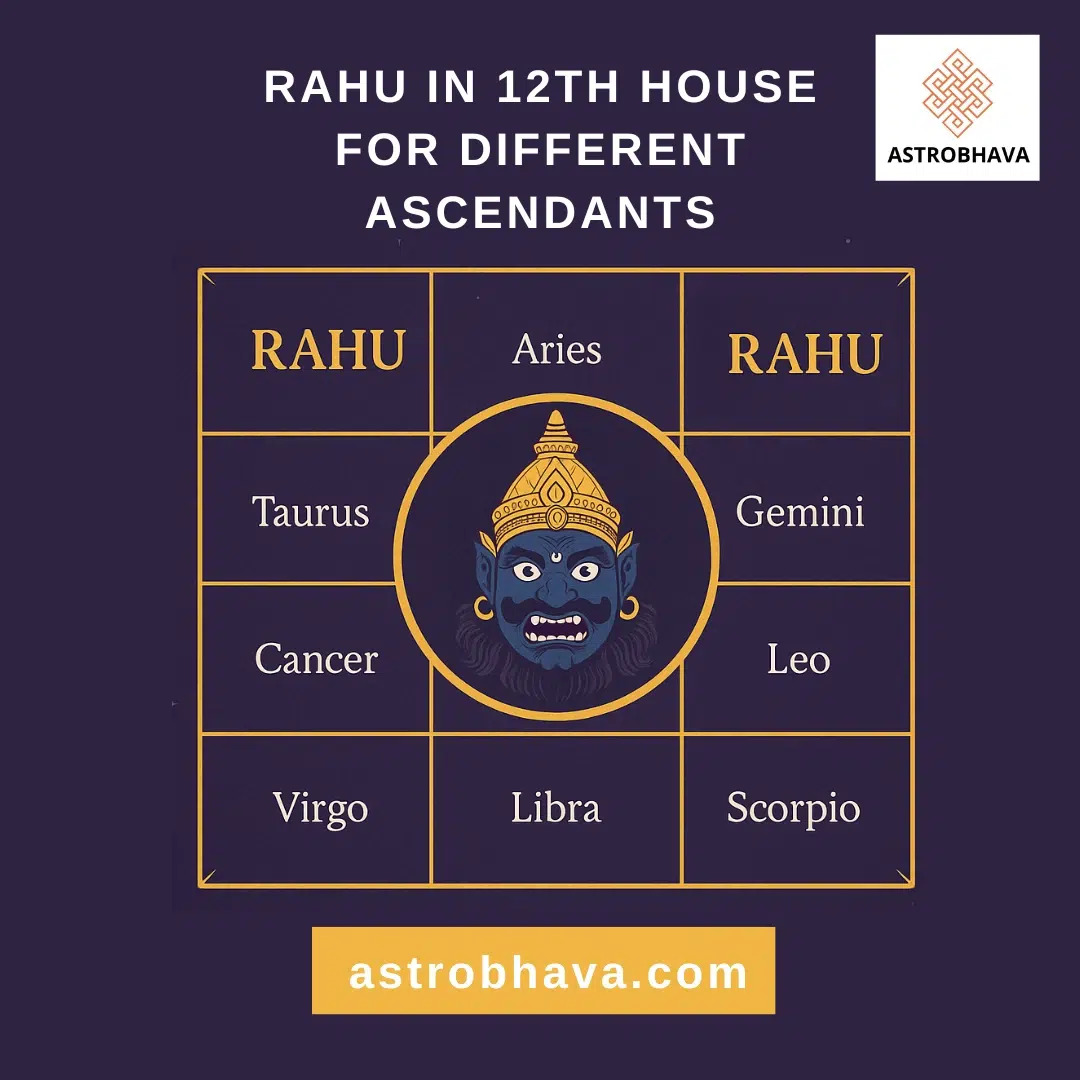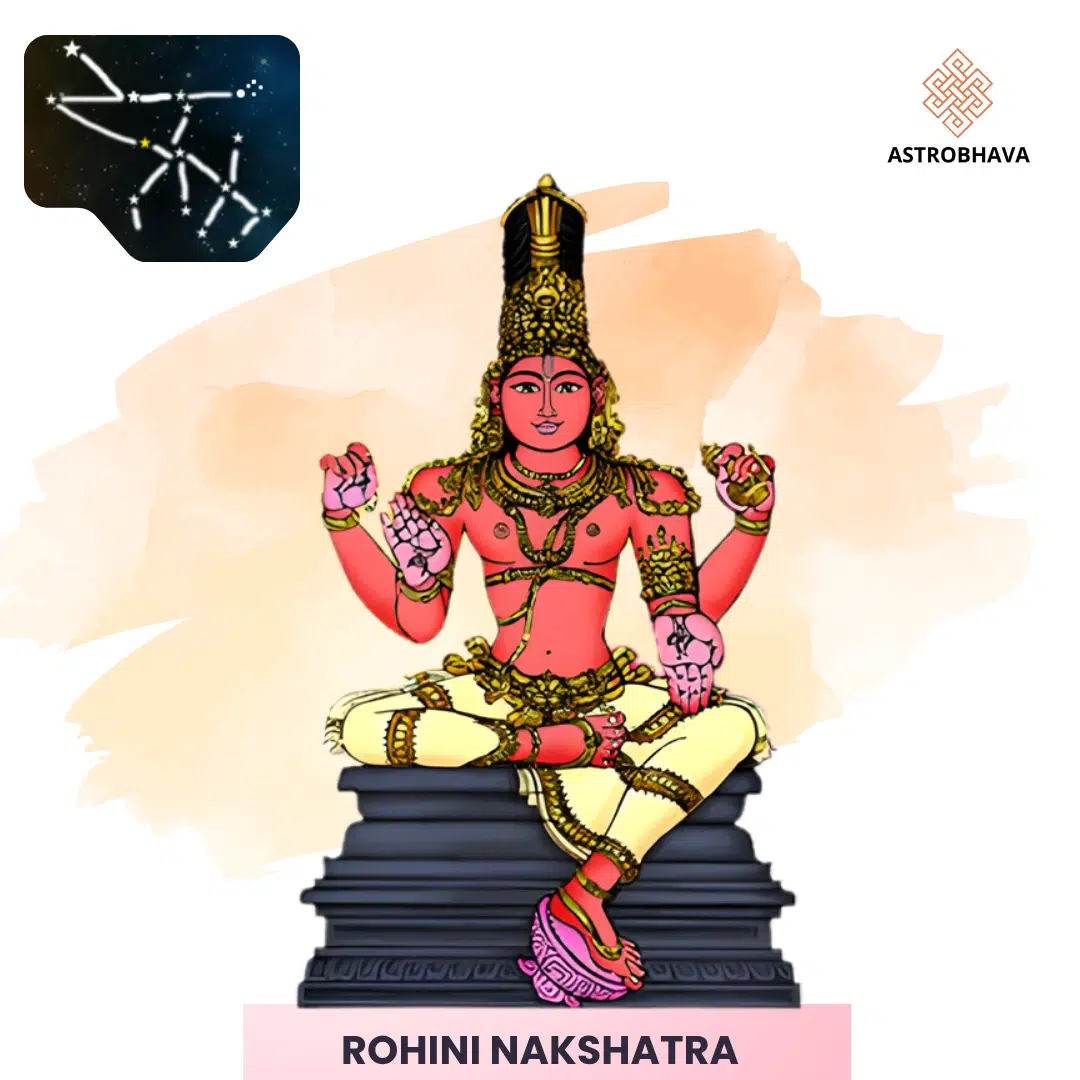Maa Bhairavi (5th Mahavidya): Divine Mother of Time & Change

Introduction
In the vast and vibrant pantheon of Hindu goddesses, Maa Bhairavi stands as a powerful and transformative force. Known as one of the ten Mahavidyas, she represents the fierce and primal energy of the Divine Feminine. Unlike other motherly goddesses, Bhairavi is not just nurturing—she is the ferocious guardian, the destroyer of evil, and the catalyst for transformation.
Her name is derived from the Sanskrit root “Bhaira”, meaning fearsome or terrifying, and “Vi”, which denotes power or energy. Together, Bhairavi symbolizes the awe-inspiring energy that governs time, change, and spiritual evolution.
In this extensive article, we’ll explore the divine aspects of Maa Bhairavi, her iconography, mythology, mantras, spiritual significance, sadhanas, astrological associations, and how you can connect with her in modern times.
Who is Maa Bhairavi?
Maa Bhairavi is the fifth Mahavidya in the Dasha Mahavidya tradition of Tantra. She represents the terrifying aspect of the Mother Goddess, often depicted with flames of rage and cosmic fury in her eyes. She is the embodiment of Kali’s wrathful energy, yet she also carries the profound compassion of a protective mother.
Her energy is not to be feared but revered, for she destroys ego, ignorance, and limitations—making way for spiritual liberation. Those who invoke her do so not for worldly pleasures, but for inner transformation, fearlessness, and truth.
Iconography of Maa Bhairavi
The visual representation of Maa Bhairavi is deeply symbolic and esoteric. Here’s what her iconography conveys:
- Complexion: Often depicted with a red or fiery complexion, representing energy, passion, and purification.
- Eyes: Her third eye burns like fire, symbolizing higher knowledge and insight.
- Weapons: Carries a Trishul (trident), sword, and a kapala (skull bowl)—all of which represent destruction of ignorance, karma, and ego.
- Mount: Usually depicted standing or sitting on a corpse (shava), indicating victory over death and time.
- Attire: Clothed in red, smeared with ash, with disheveled hair—symbolizing the untamed and raw power of the divine feminine.
“Invoke the fierce grace of Goddess Bhairavi to dissolve deep-rooted fears, negativity, and obstacles. Book your personalized Bhairavi Homa and experience intense spiritual transformation.”
Bhairavi in Tantra and Mahavidya Tradition
In the Tantric path, Bhairavi is not merely a deity to be worshipped—she is an inner force to be awakened. As one of the ten Mahavidyas, she represents a specific path of self-realization through facing one’s fears, embracing death (as a metaphor for change), and transcending the ego.
Each Mahavidya represents a cosmic truth, and Bhairavi represents the truth of Time (Kala) and Change (Parivartan). She helps sadhaks see beyond the illusions of permanence, guiding them to the eternal self.
The Spiritual Significance of Maa Bhairavi
Maa Bhairavi embodies the fierce, transformative energy of the divine feminine, serving as a catalyst for profound spiritual growth and self-mastery. Her presence is both awe-inspiring and purifying, encouraging devotees to confront and transcend their inner limitations.
Purification Through Divine Fire
Maa Bhairavi’s energy is often likened to an inner fire that burns away ignorance, ego, and all that obstructs spiritual clarity. This purifying force is essential for anyone seeking to overcome accumulated karmic residues and transform deep-seated emotional blockages. By invoking her energy, devotees can catalyze a process of inner renewal, enabling them to let go of outdated patterns and embrace a clearer, more focused consciousness.
Empowering Inner Discipline and Transformation
At the heart of Maa Bhairavi’s significance is her ability to instill discipline and determination. She is not a gentle guide; instead, she challenges you to face your inner darkness and transform it into strength. This rigorous process of self-confrontation and introspection, often experienced in tantric practices, helps in awakening latent spiritual potential. Her presence acts as a constant reminder that true transformation often requires the courage to dismantle the false self and embrace one’s authentic being.
Awakening the Inner Shakti
Maa Bhairavi is the embodiment of Shakti—the dynamic, creative force that resides within each of us. Her energy awakens this latent power, urging individuals to harness their inner potential and channel it towards spiritual awakening and personal evolution. This awakening is not merely about gaining power; it’s about achieving a balanced state of being where one’s inner wisdom and strength guide every action, leading to a life of purpose and self-realization.
A Path to Transcendence and Liberation
Through the disciplined practice of meditation, mantra recitation, and ritual offerings, devotees connect with Maa Bhairavi’s transformative energy. This connection is said to lead to:
- Mental Clarity: Cutting through mental fog and emotional turbulence.
- Spiritual Resilience: Building the inner strength required to navigate life’s challenges.
- Ego Transcendence: Dissolving the ego, which is the primary barrier to experiencing one’s true nature.
- Empowerment: Awakening an inner fortitude that inspires self-reliance and fearless pursuit of spiritual goals.
“Offer a sacred garland of betel leaves to Lord Hanuman and seek his blessings for strength, protection, and unwavering courage. Make your offering and feel the power of true devotion.”
Integrating Bhairavi’s Energy into Daily Life
Embracing Maa Bhairavi’s teachings is about acknowledging that growth often emerges from facing the discomfort of transformation. By integrating her energy into daily practices—such as focused meditation, mindful breathing, and disciplined study of spiritual texts—one can gradually shift from a state of internal chaos to one of harmonious balance and empowered clarity.
Mythological Stories of Maa Bhairavi
1. The Emergence of Bhairavi to Annihilate Demonic Forces
One popular narrative tells of a time when a formidable demon, empowered by negative energies, threatened the cosmic balance. Desperate for deliverance, the gods turned to the divine feminine for help. In response, Maa Bhairavi emerged in a blaze of spiritual fire from the combined energies of the divine trinity. With her fearsome gaze and paralyzing energy, she confronted the demon. Her mere presence froze the demon’s power, rendering him immobile. In that moment of cosmic intervention, the demon was overwhelmed by the purity of her energy and ultimately vanquished, restoring harmony to the universe.
This story symbolizes how Bhairavi’s energy serves to neutralize destructive forces and protect the cosmic order.
2. The Test of Devotion
Another allegorical tale recounts how Bhairavi once appeared in the guise of a stern ascetic in a desolate forest. Travelers and seekers who passed by were drawn to her intense presence. However, she posed a challenge: only those who were ready to confront their inner darkness and relinquish the ego could approach her safely. Many faltered, but those with unwavering devotion and inner strength discovered that her fierce demeanor was not meant to instill fear but to awaken their latent spiritual power.
This story teaches that facing one’s inner shadows with honesty and courage is a necessary step toward spiritual enlightenment.
3. The Liberation from a Curse
In another myth, a cursed kingdom suffered under the weight of a dark spell that brought misfortune and despair to its people. When all other deities seemed silent, the desperate prayers of the citizens reached the divine ears of Maa Bhairavi. Emerging from the sacred fires of a ritual, she appeared amidst billowing smoke, her eyes glowing with cosmic wisdom and determination. With a powerful outcry and a few decisive gestures, she broke the curse, dispelling the lingering negativity that had plagued the land for generations.
This narrative illustrates Bhairavi’s role as a liberator, whose fierce intervention transforms adversity into a pathway for renewal and hope.
It is considered intense and transformative. It’s recommended for serious practitioners who are willing to face their inner darkness.
Common Sadhana Practices
Sadhana (from the Sanskrit root sādh, meaning “to accomplish” or “to bring about”) represents the disciplined and regular spiritual practices undertaken to progress on one’s spiritual journey. These practices are tailored to individual needs, traditions, and levels of spiritual aspiration. Below is a comprehensive guide to various common sadhana practices that people adopt to nurture spiritual growth, inner peace, and self-realization.
1. Meditation (Dhyāna)
- Mindfulness Meditation:
Focuses on developing awareness of your thoughts, sensations, and environment in the present moment. Practices can include observing the breath, bodily sensations, or a particular object of concentration.
- Visualization Techniques:
Engage in visualizing a deity, a specific energy center (chakra), or a serene scene. These practices help in channeling focused energy and cultivating specific qualities like compassion or strength.
2. Japa (Repetition of Mantras)
- Mala Japa:
The use of a mala (rosary) containing 108 beads (or another prescribed number) aids in keeping count while repeating a mantra. This repetition is believed to purify the mind and reinforce positive vibrations.
- Silent and Vocal Japa:
Japa can be performed silently within the mind, or aloud, depending on personal preference or the specific requirements of a spiritual tradition. Vocal repetitions sometimes help maintain focus and align one’s breath with the recitations.
3. Pranayama (Breath Control)
- Deep Breathing Techniques:
Practices like diaphragmatic breathing or simple deep breathing exercises help to calm the nervous system and prepare the mind for meditation.
- Alternate Nostril Breathing (Nadi Shodhana):
Balances the right and left hemispheres of the brain, helping to harmonize energy flow and promote clarity of thought.
- Kapalabhati and Bhastrika:
These are more energizing practices that can cleanse the mind and body through rhythmic forceful exhalations, stimulating the flow of prana (life energy).
4. Yoga and Asanas
- Physical Postures (Asanas):
Asanas not only enhance flexibility and strength but also prepare the body for prolonged meditation by releasing tension and restoring balance. Practices may include Sun Salutations, Hatha Yoga sequences, or specialized regimes like Kundalini Yoga.
- Mind-Body Integration:
Combining physical practices with breath and mindfulness encourages a holistic connection between the body, mind, and spirit.
5. Chanting and Kirtan
- Devotional Singing:
Engaging in kirtan (devotional song sessions) fosters a communal atmosphere and reinforces one’s connection to the divine through melody, rhythm, and repetition of sacred names or verses.
- Bhajans:
Singing traditional spiritual songs or hymns which recount the virtues and stories of deities, helping to cultivate devotion and moral virtues.
6. Seva (Selfless Service)
- Volunteer Work:
Engaging in acts of selfless service without expecting anything in return is a core sadhana practice. It fosters humility, compassion, and a profound sense of connection with all beings.
- Community Involvement:
Involvement in community activities, temple services, or helping local charities can serve as practical ways of applying spiritual principles in everyday life.
7. Puja (Worship)
- Daily Offerings:
Daily puja involves offering prayers, incense, flowers, and light (diya) to deities at home or in a temple. This dedicated time for worship cultivates a sense of devotion, ritual, and mindfulness.
- Festive and Special Pujas:
During special occasions or festivals, additional elaborate pujas can intensify spiritual focus and gratitude.
8. Satsang (Spiritual Companionship)
- Community and Fellowship:
Surrounding yourself with like-minded individuals, spiritual mentors, or satsang gatherings can provide encouragement, shared wisdom, and collective energy that enhances personal sadhana.
- Retreats and Workshops:
Participating in spiritual retreats or workshops deepens practice, offers dedicated time away from distractions, and provides advanced teachings or new perspectives.
Precautions:
- Practice under guidance.
- Be mentally and emotionally prepared—Bhairavi’s energy brings rapid change.
- Maintain purity and discipline throughout the sadhana.
Maa Bhairavi and the Chakras
Maa Bhairavi is especially associated with the Muladhara (Root Chakra). She rules over the primal instincts of survival, stability, and fear. Awakening Bhairavi’s energy can lead to:
- Grounding
- Dissolution of fear
- Energizing the kundalini
In advanced Tantra, her energy is also invoked at the Ajna (Third Eye) chakra, for transcending duality and awakening inner wisdom.
Bhairavi and Kala: Goddess of Time
Bhairavi is also known as the Goddess of Time (Kala or Mahakali). She teaches us that everything in this universe is subject to change, decay, and transformation. By meditating on Bhairavi, one becomes aware of the impermanence of life and the eternal nature of the soul.
This makes her an ideal deity for seekers who wish to:
- Overcome attachment
- Accept mortality
- Understand the cyclical nature of existence
“Call upon the fierce mother Kali to cut through illusions, karmic blocks, and psychic negativity. Participate in Kali Puja to receive divine protection, liberation, and power.”
How to Worship Maa Bhairavi
1. Preparation and Purification
- Cleanse the Space: Begin by cleaning your worship area thoroughly. A tidy, serene space helps in creating an atmosphere of devotion.
- Personal Cleanliness: Take a bath and wear clean, preferably white or red, attire to symbolize purity and devotion.
2. Creating an Altar
- Idol or Picture: Place an image, idol, or yantra of Maa Bhairavi on your altar.
- Offerings: Prepare traditional offerings such as red flowers (especially hibiscus), incense, candles or oil lamps, and fruits. Red is considered auspicious for invoking her fierce energy.
- Sacred Items: You may also add items like a bell, conch shell, and small bowls for water and milk, which are used to purify the space.
3. Mantra Recitation and Meditation
- Mantras: Chanting specific mantras dedicated to Maa Bhairavi is a powerful way to connect with her energy. Common mantras include:
- “Om Bhairaviyai Namah”
- “Om Kleem Bhairavyai Namah”
- Meditation: Sit in a quiet space, close your eyes, and visualize Maa Bhairavi’s fierce yet compassionate form. Let her energy dissolve any negativity within you. Focus on the sound of the mantra and let it guide your meditation.
4. Ritual Practices
- Puja: Perform a simple puja (ritual worship) by lighting a lamp and incense, offering flowers, and reciting prayers. You can follow traditional puja procedures or adapt them to your personal practice.
- Aarti: Sing or play devotional songs in praise of Maa Bhairavi. An aarti is a devotional ritual that involves waving a lighted lamp in front of the deity while chanting her names and attributes.
- Offerings of Sweets and Fruits: Place sweets and seasonal fruits on the altar as a token of your devotion. These offerings symbolize gratitude for the goddess’s transformative power.
“Silence enemies, win legal battles, and gain mastery over toxic influences with the potent energy of Goddess Bagalamukhi. Reserve your Bagalamukhi Puja for ultimate protection and victory.”
5. Integrating Worship into Daily Life
- Daily Devotion: Incorporate Maa Bhairavi’s worship into your daily routine—ideally during the early morning or evening when the energy is most conducive to meditation.
- Japa and Visualization: Practice japa (repetitive chanting) with a mala (prayer beads) to maintain focus on her divine energy. Visualize her form and allow her energy to inspire inner transformation.
- Self-Reflection and Journaling: After your worship, spend a few moments reflecting on any insights or shifts in your energy. Journaling your experiences can help track your spiritual progress and deepen your connection with the goddess.
6. Seek Guidance and Community
- Spiritual Guidance: If you’re new to worshiping Maa Bhairavi, consider seeking guidance from a knowledgeable spiritual teacher or attending local temple ceremonies.
- Community Worship: Participating in group prayers or joining spiritual gatherings can enhance your practice, offering support and shared experiences in the path of transformation.
Astrological Relevance of Maa Bhairavi
Maa Bhairavi’s energy corresponds with Mars (Mangal) and Ketu in Vedic astrology. She is particularly powerful during:
- Navratri (especially during the 5th night)
- Amavasya (New Moon nights)
- Chaitra and Ashwin months
People undergoing Mangal Dosha, Ketu Mahadasha, or fear-related afflictions can benefit immensely from Bhairavi worship and remedies.
“Gain immense spiritual merit and protection by offering Tantrik Brahman Daan to qualified Brahmans. Uplift your karma and receive blessings that ripple across lifetimes.”
Conclusion: Connect with Bhairavi through AstroBhava
In the ever-turning wheel of time and transformation, Maa Bhairavi stands as a fierce yet compassionate beacon, guiding us through the cycles of life, death, and rebirth. As the embodiment of Shakti in her most intense form, she reminds us that destruction is not an end, but a sacred passage to renewal and growth. Through her divine presence, we learn to face our fears, transcend limitations, and embrace change as a spiritual catalyst. To worship Maa Bhairavi is to surrender to the wisdom of time itself—and to awaken the dormant power within. In her fire, we are not consumed; we are purified, empowered, and reborn.
Frequently Asked Questions (FAQs)
Q1: Is Maa Bhairavi the same as Maa Kali?
Answer: They are closely related. Bhairavi is a form of Kali but represents a more specific energy related to time, fear, and transformation. She is often considered Kali’s Tantric or Mahavidya aspect.
Q2: Is Bhairavi worship safe for everyone?
Answer: While Bhairavi’s energy is intense, devotional worship with pure intent is safe. However, Tantric practices should only be undertaken under proper guidance.
Q3: What are the signs that Bhairavi is calling me?
Answer: Intense dreams, increased interest in the Mahavidyas, emotional purging, and sudden life changes are common signs.
Q4: Can Bhairavi sadhana help with fear and anxiety?
Answer: Absolutely. She is the remover of fear and strengthens the inner core, especially when faced with life-altering situations.
Q5: How often should I chant Bhairavi’s mantra?
Answer: Ideally daily, during Brahma Muhurta or at dusk. Start with 108 repetitions and increase gradually.
Q6: Which direction should I face while worshipping?
Answer: Facing east or north is traditionally recommended.
Q7: Can I worship Maa Bhairavi at home?
Answer: Yes, with devotion and discipline. Keep the altar clean and maintain a sattvic (pure) environment.
Categories
- Astrological Remedies
- Astrology Guides
- Astrology Remedies for Wellness
- Career Astrology & Personal Growth
- Cosmology
- Dasha
- Festivals & Vedic Rituals
- Homa and Fire Rituals (Yagna)
- Japa
- Mantra
- nadi astrology
- nakshatras
- numerology
- Pilgrimage
- planets houses
- Progency
- Puja & Rituals
- Relationships
- rudra puja
- Rudraksha and gemstone
- Spiritual Astrology
- Spiritual Practices and Chanting
- Spiritual Rituals and Personal Empowerment
- Spiritual Tools & Personal Growth
- Spiritual Wellness and Protection
- Spirituality and Rituals
- Spirituality or Vedic Rituals
- Vastu Tips
- Vedic Astrology
- yantras
- Zodiac Signs
Top rated product
- Quick View
- Add to WishlistAdd to Wishlist
- Select options This product has multiple variants. The options may be chosen on the product page
- Quick View
- Add to WishlistAdd to Wishlist
- Select options This product has multiple variants. The options may be chosen on the product page
- Quick View
- Add to WishlistAdd to Wishlist
- Select options This product has multiple variants. The options may be chosen on the product page
- Quick View
- Add to WishlistAdd to Wishlist
- Select options This product has multiple variants. The options may be chosen on the product page
- Quick View
- Add to WishlistAdd to Wishlist
- Select options This product has multiple variants. The options may be chosen on the product page
- Quick View
- Add to WishlistAdd to Wishlist
- Select options This product has multiple variants. The options may be chosen on the product page
- Quick View
- Add to WishlistAdd to Wishlist
- Select options This product has multiple variants. The options may be chosen on the product page
- Quick View
- Add to WishlistAdd to Wishlist
- Add to cart





